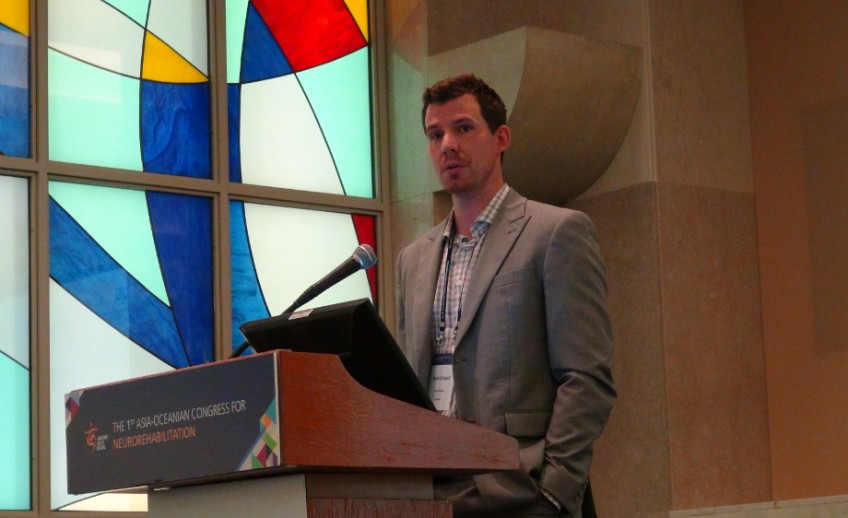ABR’s approach is a great complement to the conventional rehabilitation methods of Cerebral Palsy
Background
Cerebral palsy (CP) has a prevalence of roughly 0.2-0.3% which, although relatively undersized, translates into one of the largest economic burdens amongst developmental disorders. Phenotypic shortcomings associated with CP vary according to patient age and severity. The function of CP patients is effectively summarized with the Gross Motor Function Classification System (GMFCS) which classifies CP patients according to their performance during functional tests in a deteriorating manner from 1 to 5. CP patients have likely undergone and may continue to be subjected to degenerative and atrophic changes within their musculoskeletal system. Moreover, this adverse biomechanical environment presents an unfavourable metabolic milieu. This iterative occurrence, entitled the degenerative cycle, must be stopped to maintain health or reversed to encourage beneficial gains amongst the CP population.
ABR therapy
Complementing the standard approach , Advanced Bio-Mechanical Rehabilitation (ABR) is a method that seeks to transfer localized stress stimulus to otherwise neglected tissues in patients with musculoskeletal deformities such as CP. The purpose of this therapy is to invoke beneficial remodeling or strengthening of these irregular and weakened tissues through the process of encouraged mechanotransduction.
Fascia
Over the last decade, the influx of findings demonstrating the mechanical importance of fascia continues to build the strong foundation needed to support and convey its valuable message. Fascia is conventionally disregarded and characterized as a passive tissue with little mechanical significance in everyday activities. Such a statement is outdated and inaccurate. Fascia, although passive by definition, has an important role in musculoskeletal mechanics through the channeling and support of significant loads. The simple observation of the abundance of fascial tissues within our bodies should sanction all to reassess their role.
Various studies have confirmed the answer – the physiological tissues in patients with cerebral palsy have unbalanced and disrupted properties when compared to the norm. Concurrently and perhaps more importantly, the complexities presented by this irregular mechanical environment may not allow the seamless translation of conventional health care treatments tailored for acute ailments towards a chronic condition such as cerebral palsy.
Over the last decade, novel findings have highlighted the importance of intra-abdominal pressure on the stability on the spine (also considered in part to be a function of the fascial envelope). Patients with cerebral palsy often lack the spinal stability to the extent of restricting their ability to sit independently. In addition, abdominal weakness is often coupled with shallow breathing and may lead to an apparent disconnection between the upper and lower body.


